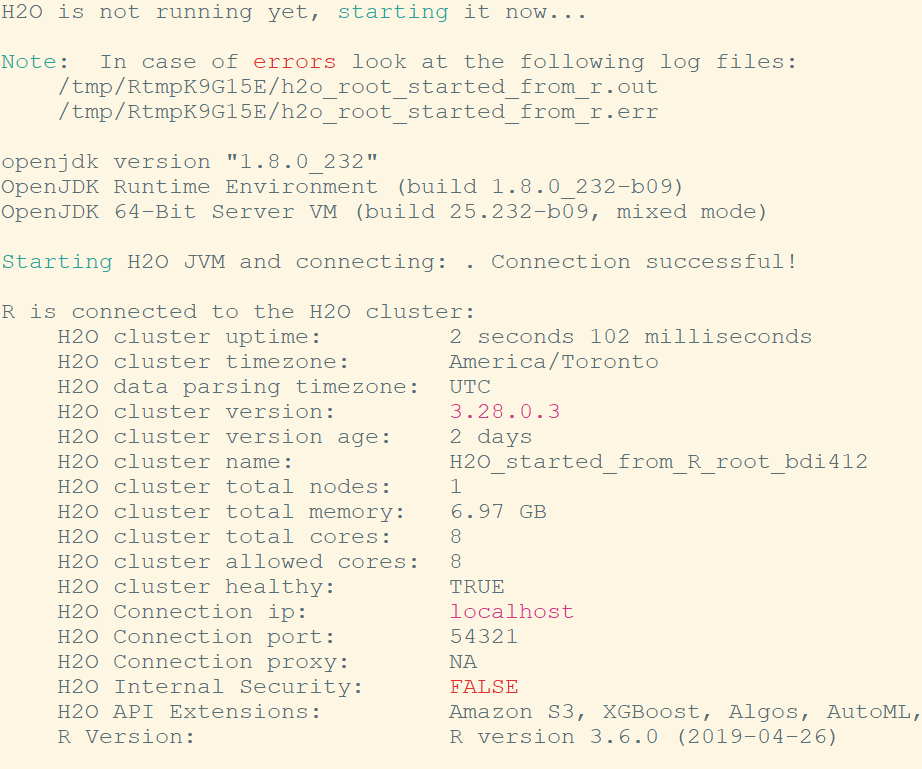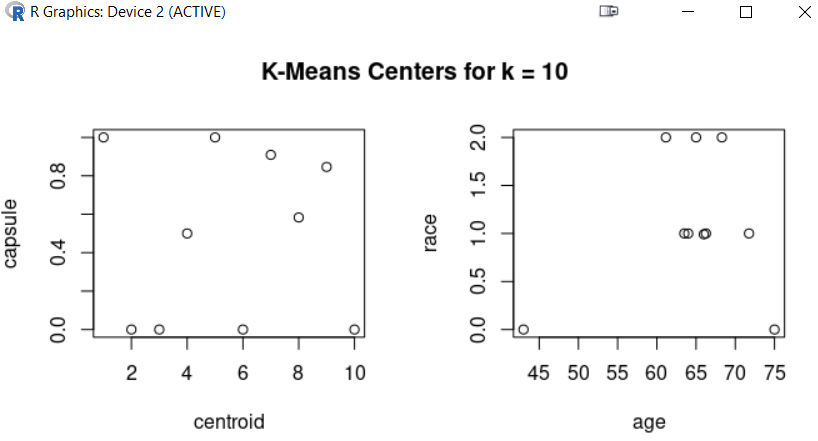How To Install R Sparklyr H2O Tensorflow Keras On Centos
Requirements:
- Conda Installed - Check out how to install Conda
- Python 3 Installed - Check out how to install Python3
- Python3 Virtual Env Created- Check out how to create Python3 virtual env
- Spark Installed- Check out how to install Spark
Assuming you have the above requirements fulfilled. Lets first make sure we have the latest epel installed.
Run following command.
sudo yum -y install epel-release
How to install R on Centos
Now we can install R using following command.
sudo yum -y install R
How to install R H2O library on Centos
Lets install machine learning package H2O using yum. Create a repo file /etc/yum.repos.d/h2o-rpm.repo using vim.
vi /etc/yum.repos.d/h2o-rpm.repo
Add following in the above file.
[bintray-h2o-rpm]
name=bintray-h2o-rpm
baseurl=https://dl.bintray.com/tatsushid/h2o-rpm/centos/$releasever/$basearch/
gpgcheck=0
repo_gpgcheck=0
enabled=1
Now we can install R related packages for H2O. Lets bring up the R repl. Type R on your bash or zsh cell.
R
Now run following commands to install H2O R packages.
if ("package:h2o" %in% search()) { detach("package:h2o", unload=TRUE) }
if ("h2o" %in% rownames(installed.packages())) { remove.packages("h2o") }
pkgs <- c("RCurl","jsonlite")
for (pkg in pkgs) {
if (! (pkg %in% rownames(installed.packages()))) { install.packages(pkg) }
}
install.packages("h2o", type="source", repos=(c("http://h2o-release.s3.amazonaws.com/h2o/latest_stable_R")))
If you see the following output, it means H2o is installed successfully.

Run the following code to check if H2O is working fine in your R repl.
library(h2o) localH2O = h2o.init() demo(h2o.kmeans)
You should see a GUI like this.

Ok so far so good. Lets install Keras and Tensorflow now.
How to install R Keras and Tensorflow
In your R repl, run following command.
library(reticulate)
To install Keras, Tensforflow and all their dependencies, we will use py_install which comes with reticulate.
py_install('keras', envname='py37',method = c("auto", "virtualenv", "conda"))
envname='py37' - py37 is the python3 virtual environment I have on my machine. Replace it with your virtual env name.
Now you have Keras and Tensorflow both installed.
How to install Spark R package sparklyr
Install libcurl-devel package. Otherwise you might run in to following error.
Configuration failed because libcurl was not found.
In your bash shell, run following yum command.
sudo yum -y install libcurl-devel
Lets install R package sparklyr. In your R repl, run following command.
install.packages("sparklyr")
Let us test if Spark is working fine in R.
library(sparklyr)
sc <- spark_connect(master = "local")
If above commands get executed without any errors, then you are fine.
At this point, we are done. If you want to access R in python Jupyter notebook. Do the following steps.
How to access R in Jupyter notebook
In your R repl, do following...
install.packages('IRkernel')
IRkernel::installspec()
Now restart your Jupyter notebook, you should see R repl as one of your kernels and you should be able to access all the machine learning libraries that we installed from the Jupyter notebook.
Related Topics:
Related Notebooks
- How To Install Python TensorFlow On Centos 8
- How To Install Python With Conda
- How To Add Regression Line On Ggplot
- How To Write DataFrame To CSV In R
- How To Plot Histogram In R
- How To Use R Dplyr Package
- How To Use Grep In R
- How To Run Logistic Regression In R
- How To Analyze Yahoo Finance Data With R